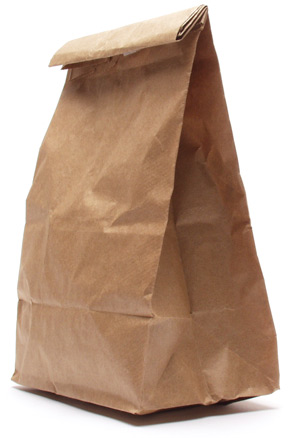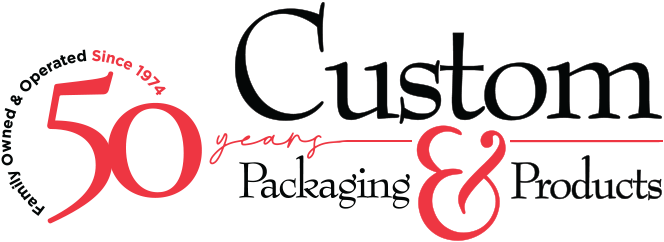 Kraft paper is a kind of paper made by a chemical pulping process known as the kraft process. The name comes from the German word Kraft, meaning strong. It produces a very strong paper.
Kraft paper is a kind of paper made by a chemical pulping process known as the kraft process. The name comes from the German word Kraft, meaning strong. It produces a very strong paper.
Most people associate kraft paper with brown paper bags or brown butcher paper. Kraft paper isn’t always brown, however. Various bleaching steps can be added to the process to produce white kraft paper.
How does the kraft process compare to other processes? It’s helpful to take a brief history tour of paper pulping:
- In the 1840s, mechanical pulping was developed in Germany. Cutting and boiling helped to separate some of the undesirable woody substances like lignin from the more desirable cellulose (paper pulp).
- In the 1860s, a chemical pulping process using sulfites was developed to remove even more lignin from the pulp, making it stronger and easier to whiten.
- By 1900, sulfite pulping was the most popular way of producing paper pulp.
- Meanwhile, in 1879, the sulfate, or kraft process, was developed. It produced an even stronger paper than the sulfite process.
- By 1940, the kraft process dominated in the papermaking industry.
When unbleached, kraft paper is brown. It can also be bleached by a variety of substances, such as oxygen, ozone, peroxides, or sodium hydroxide (lye). Chlorine bleaching is becoming less and less common because of its harmful environmental byproducts, and is now used in less than 10% of paper production.
Kraft paper is very strong and, if whitened, resists yellowing. By comparison, a paper like newsprint, which still contains much or all of the original lignin, is not very strong, and yellows quickly.
Now you know what kraft paper is! If you’re interested in eco-friendly kraft paper for your restaurant or special event, let us know!
